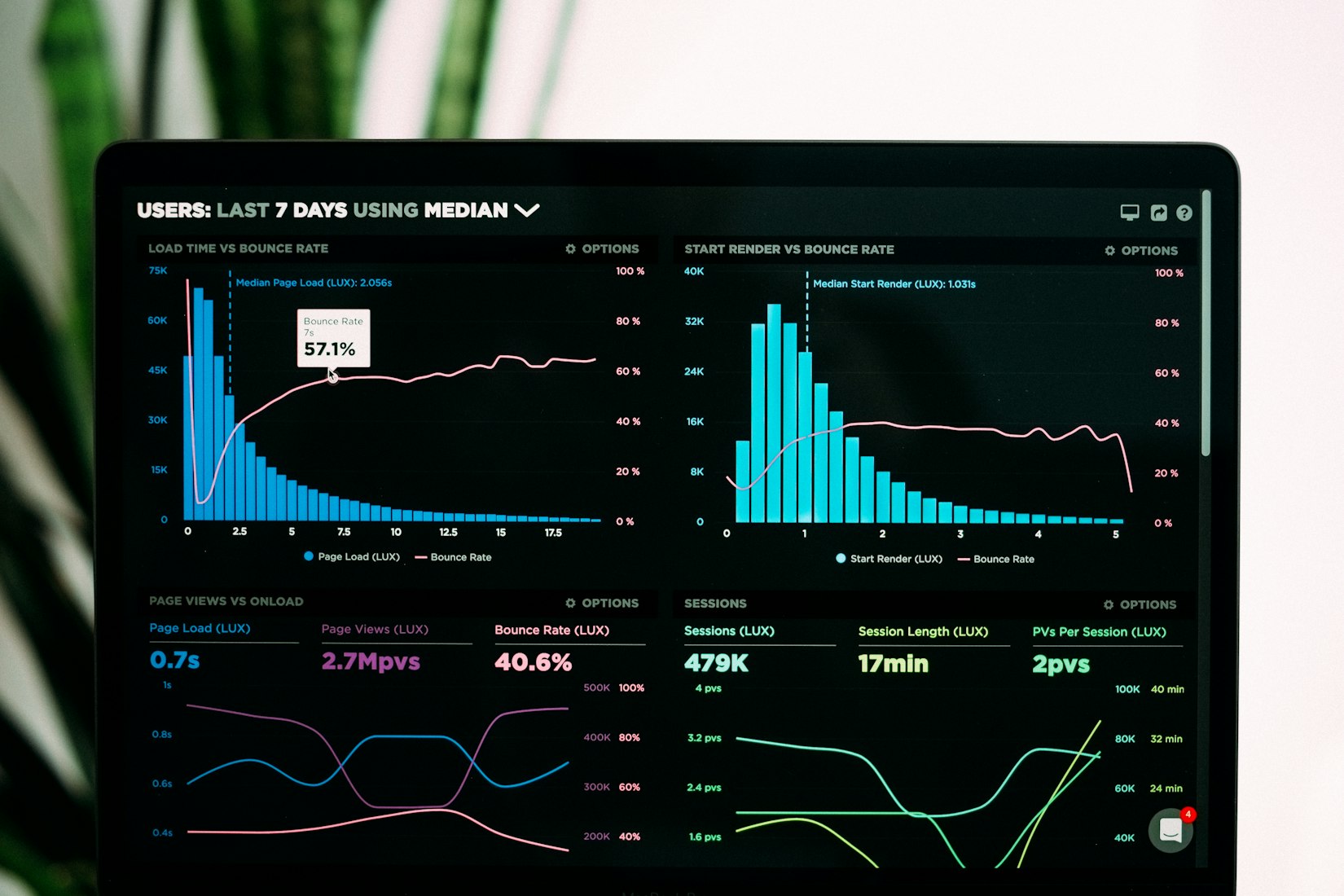
When and Why You Should Use News Sources:
Remember: Not all news sources are created equal! Some have hidden (or obvious!) motives or political beliefs. Do some background research into who owns the news organization to learn more about it.
Find News:
Access World News includes a variety of news publications worldwide. These sources include major national and international newspapers, as well as local and regional titles as well as newswires, blogs, web-only content, videos, journals, magazines, transcripts and more.
U.S. Newsstream features newspapers, newswires, blogs, and news sites dating back to 1980. Some titles include: Los Angeles Times, Chicago Tribune, The Washington Post, and The Wall Street Journal.
 Journal articles -- also known as "scholarly articles," "peer-reviewed articles," or "academic articles" -- are sources that are written and reviewed by scholars; this means the information is approved by other experts before publication.
Journal articles -- also known as "scholarly articles," "peer-reviewed articles," or "academic articles" -- are sources that are written and reviewed by scholars; this means the information is approved by other experts before publication.
When and Why You Should Use Journal Articles:
Remember: Journal articles can sometimes feel dense or intense. Look for visual cues (headings, sections, bullets, charts/graphs) within articles to help guide you to relevant information. Need help? Check out this Anatomy of a Scholarly Article tutorial.
Find Journal Articles:
Web of Science indexes core journal articles, conference proceedings, data sets, and other resources in the sciences, social sciences, arts, and humanities. It also includes access to EndNote Online.
Note: Follow these instructions to link Google Scholar with Temple's resources.
Google Scholar provides search for scholarly literature. It covers disciplines and sources: peer-reviewed papers, theses, books, abstracts and articles, from academic publishers, professional societies, preprint repositories, universities and other scholarly organizations.
Annual Reviews Online provides research literature in various disciplines within the Biomedical, Physical, and Social Sciences.

When and Why You Should Use Primary Sources:
Remember: Primary sources are the building blocks of historical research and should provide the foundation of your argument and interpretation, whereas secondary sources should inform and supplement the primary sources. Use your primary sources as evidence for answering your research question and write based on those sources, rather than “plugging them in” after the fact to bolster your argument. In short, primary sources should drive the paper, not the other way around.
Find Primary Sources:

When and Why You Should Use Books:
Remember: Books may contain less recent information, often due to a lengthy publication process. Also, you may only need to read one chapter of a scholarly book!
Find Books at Temple:
Find Books at Other Libraries:
Can't find a book you need at Temple? Try using the following source and request books to be sent to Temple.
 Book reviews for creative works (fiction, poetry, short stories) are often written by journalists or fellow authors and are a good measure of contemporary reaction to a work. They often appear in newspapers, magazines, or online (blogs and review websites) and can be as brief as one paragraph or several thousand words. Book reviews generally do not contain the kind of in-depth analysis found in literary criticism written by scholars.
Book reviews for creative works (fiction, poetry, short stories) are often written by journalists or fellow authors and are a good measure of contemporary reaction to a work. They often appear in newspapers, magazines, or online (blogs and review websites) and can be as brief as one paragraph or several thousand words. Book reviews generally do not contain the kind of in-depth analysis found in literary criticism written by scholars.
When and Why You Should Use Book Reviews:
Remember: Creative works are generally reviewed near the date of publication or within the first few years after publication, so target your searches. Also, for older works, look for book reviews that may have appeared for subsequent special editions or reprints in later years.
Find Book Reviews:
Book Review Index Online provides book review citations from of various publications.

A government's documents are direct evidence of its activities, functions, and policies. They are considered a government's official "voice."
When and Why You Should Use Government Information:
Remember: U.S. government documents are produced by government agencies at local, state, and federal levels. Consider which level(s) may have the information you need and whether comparing across levels could be useful.
Find Government Information:
Legislative Insight is a Federal history service that includes compilations of full text publications created by Congress during the process leading up to the enactment of U.S. Public Laws. Documents may include: bills, reports, hearings, CRS reports, committee prints, Presidential Signing Statements, and Statutes. For documents that are not part of a legislative history, please use ProQuest Congressional.

When and Why You Should Use Data:
Remember: Data alone can't make the argument for you. Treat data as evidence that requires interpretation. Data is only as good as the people who create it, the quality of their work, and how well they relay their personal or organizational bias.
Find Data:
Can't Locate Your Article Online?
 link found in the Library Search or the
link found in the Library Search or the